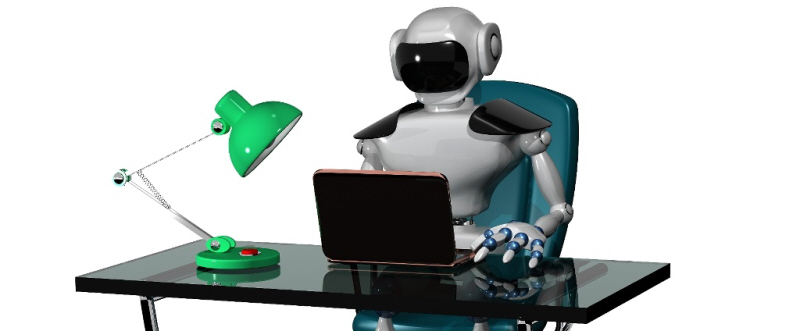There are certain aspects of running a business that many of us would like to automate and there are plenty of tools out there to help do just that. The problem is that some SMEs, perhaps because they are stuck for time or looking for a quick fix, tend to see it as a means to an end in itself.
Automating Your Business is not a bad thing. It just needs to be used with a bit of caution.
Let’s look at the benefits first:
- You can cut down on the number of staff you take on by automating certain processes and save valuable money that can be put towards product or service development.
- You can eliminate mistakes because the computer or program does everything for you.
- You can manage time more effectively.
- It essentially gets rid of those more boring elements of running your business, freeing you up to get on with the fun stuff.
Actually, the first point above is not strictly true. Going down the automation route can cost you more if you are not careful, not only in terms of financial resources but the loss of customers that want a more personal service.
The bigger your company grows the more tempting it is to go for a degree of automation. Your friendly big bank doesn’t tot up all those charges for overdrafts and unpaid bills itself, it uses remote algorithms to add the charges automatically to your account. For SMEs the argument would simply be this: I’m not an octopus. I’ve got to get out and see clients and do all the paperwork, I haven’t got time to tweet replies and post articles on my website, go to that event, network and manage that marketing strategy, all at the same time.
There are a lot of services out there that enable you to automate parts of your business. The problem is that you very quickly move away from the people element that made you successful in the first place. It’s our mantra at The Last Hurdle: People buy from people. Without the personal touch, it’s difficult for customers and potential clients to engage with you.
Marketing is a prime example of where many SMEs will attempt to introduce a certain level of automation. Complain about any major company on Twitter and you will, probably within a few minutes, get a response from their business help desk asking if they can help. This is an automated response set up for when someone complains online and is part of most large organisations social media strategy. Unfortunately, smaller businesses are doing it as well when they should be making a personalised response. It is after all their differentiator.
Sitting on the Fence
Most people can spot an automated email, social media post or other response a mile off. They tend to lack sincerity and they certainly lack any reference to the matter at hand, precisely because they are a one size fits all solution. If your business gets a reputation for being automated, then don’t be surprised if real people start switching off and don’t engage. Sitting on the fence, just how feasible is it for you to reply by hand to all enquiries, this is a tough topic! You can see why large retail outlets automate their email responses for instance, and for the most part they are very very effective. Should you use these techniques as a small business without creating a negative connotation? When people buy from you as a small business what are their expectations, are theu using you because they want that personal service and attention to detail, if yes then to send a series of automated emails may well turn your customers off!
If using automation to release time to do other more important things, businesses need to make a value decision about what they are doing. Yes, it can save money because you don’t have to employ so many staff or spend quite so much time doing repetitive tasks.
But it can also turn customers off, frustrate them to such a degree that they give up and go elsewhere (especially when they can’t get a straight answer or keep getting the same one), and it can mean you actually take your finger off the pulse of your business.
Automating Your Business Positively
All that said, there are some automated processes that when coupled with that personal touch can be a winning formula. Take your social media marketing (not interactions, marketing). At The Last Hurdle we advocate spending the same time and focus on devising your social media marketing content as you would a campaign in a local newspaper. Once you have written and collated suitable images and video content you can automate the delivery of these messages through Hootsuite or a similar scheduling service. One of the biggest benefits of scheduling your marketing messages – you are posting when your target market are most likely to be logged into the social media platform. Then all you have to worry about is responding to the interactions these messages will generate, posting some off the cuff content and engaging with your fellow platform users. Used in a method like this will save hours of time and yet the users still receive that personal touch.
Our advice at The Last Hurdle is to think carefully before you go down the automation route and, where you can, opt for the more complimentary approach, rather then completely replacing the personal approach. What are your thoughts? When is automation good, when is it detrimental and what do you do to have your cake and eat it? (metaphorically of course!)
